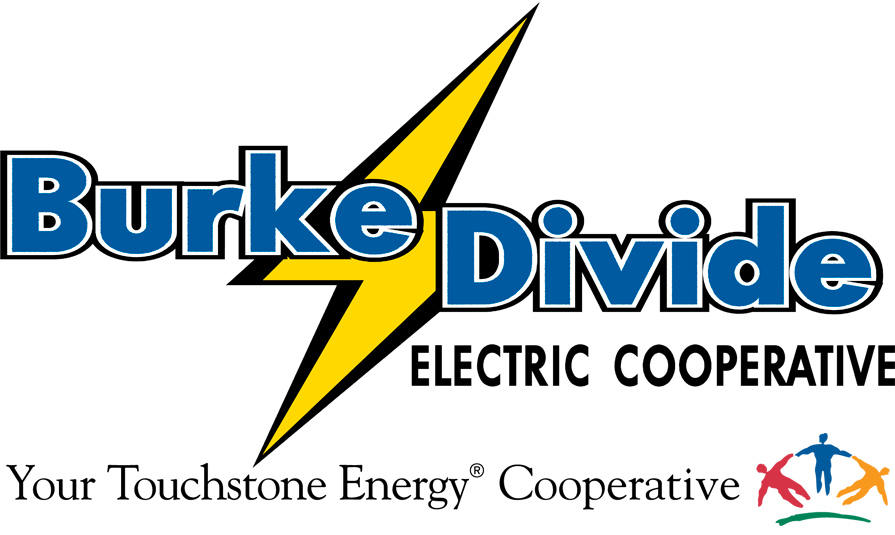Did you know electric cooperatives return money to their members in the form of capital credits? While you may like receiving those capital credit refunds from Burke-Divide Electric Cooperative, you may not be sure exactly why you get them. It’s simple, really.
When you establish service with your electric cooperative, you become a member.
Capital credits reflect each member’s ownership in the cooperative. Electric cooperatives do not earn profits. Instead, any margins or remaining revenue after all expenses have been paid are allocated to the cooperative’s members in proportion to their electrical usage.
How are capital credits returned to you, the member?
STEP 1: ALLOCATION
An allocation determines your share of the cooperative’s margins in a particular year. Margins are “allocated” or assigned to members who belong to the cooperative during the year in which a margin is generated. The allocation is based on the member’s portion of electrical usage for that year. Each member’s portion is referred to as a “capital credit allocation.”
STEP 2: RETIREMENT
Once capital credits are allocated, they are retained by the co-op for a certain time. Capital credits are the most significant source of equity for the cooperative. Equity is used to help meet the expenses of the co-op, such as paying for new equipment to serve members and repaying debt. Capital credits help keep rates at an affordable level by reducing the amount of funds that must be borrowed to grow and maintain a cooperative’s existing electric system.
Upon completion of the rotation period, the board of directors will review the cooperative’s financial health and can declare a retirement (your cash payment), and a portion of your capital credits are returned to you.
If you move and are no longer served by the local electric cooperative, please be sure to leave your new address with us, so we can return your capital credit payments from the years you were a member. If you have questions about capital credits, contact Burke-Divide Electric Cooperative.
